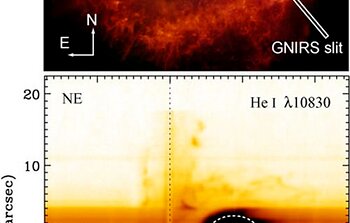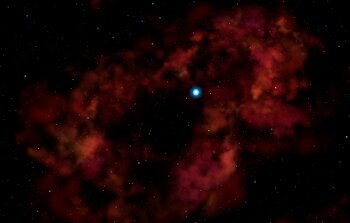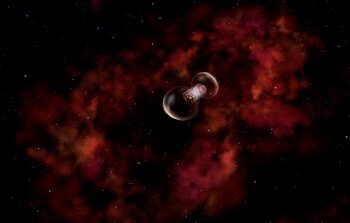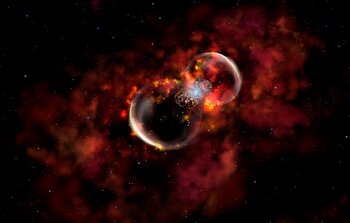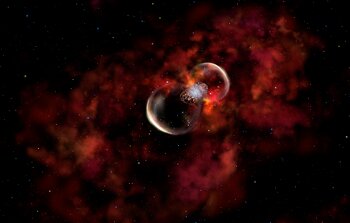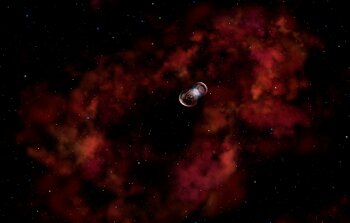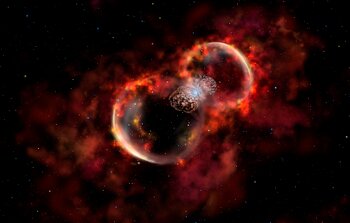Probing a New Type of Stellar Explosion
September 10, 2008
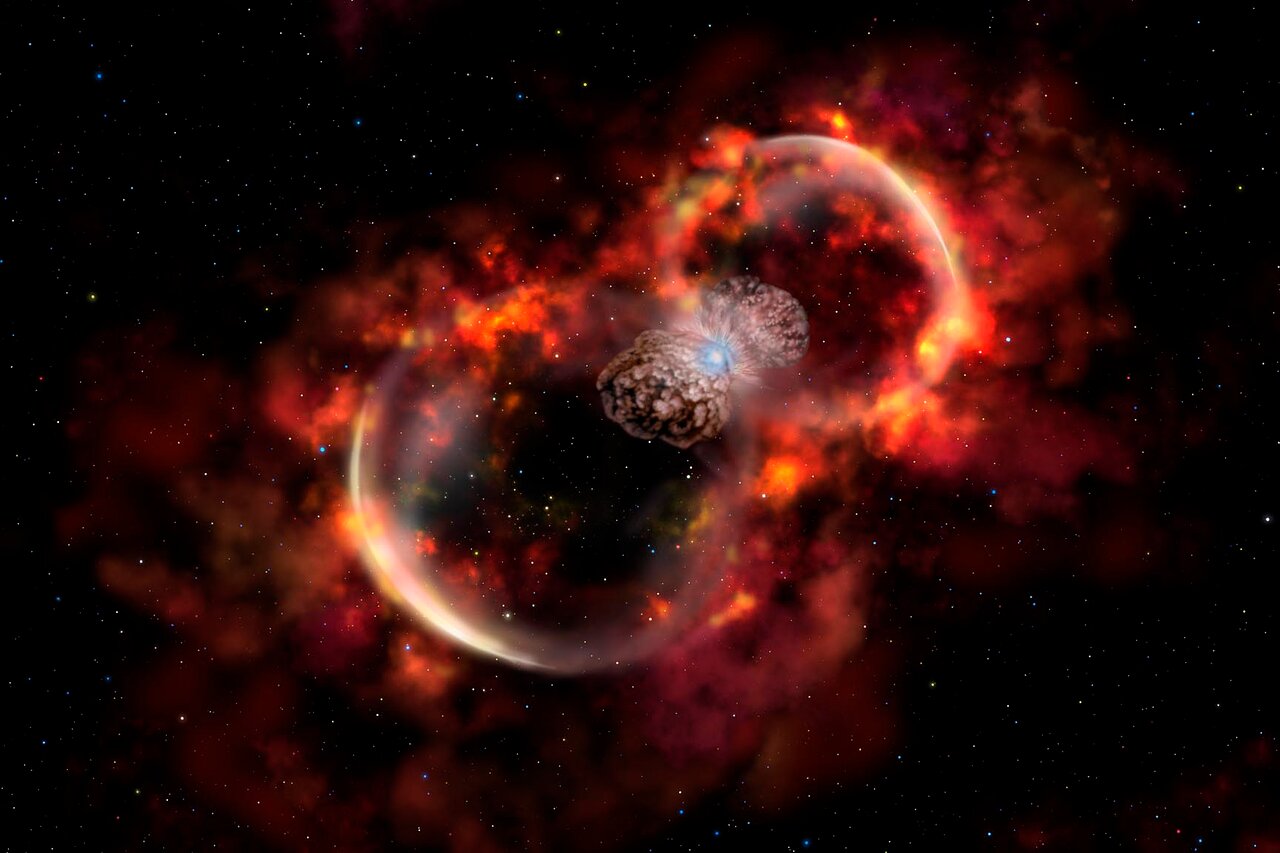
Astronomers have been puzzling over the engine behind the historical 1843 outburst of Eta Carinae since it happened, but new observations with the Gemini South and the Blanco telescopes in Chile add a startling new clue.
The new observations reveal faint but extremely fast material indicative of a powerful shock wave produced by the 1843 event, suggesting that its driving mechanism was an explosion rather than a steady wind. The research, led by Nathan Smith of the University of California, Berkeley, shows that the famous nebulosity around the star Eta Carinae contains extremely fast-moving filaments of material that had not been seen before, and are not explained by current theories. The result is featured in the September 11, 2008 issue of the journal Nature.
The Gemini spectroscopy, obtained with the Gemini Near-Infrared Spectrometer (GNIRS) helped confirm the high speed and geometry of this material and shows that the 1843 outburst released even more energy than previously estimated. In particular, the high speeds require that the 1843 event generated a shock wave analogous to a supernova-type event, but with less energy. The observations revealed far-flung material moving at more than three times faster than the fastest material seen previously (up to 3,500-6,000 kilometers/second). This work has implications for similar events observed in other galaxies where the resulting outbursts have not quite matched the energy of a supernova, and currently lack any theoretical explanation.
More Information
More details can be found in the University of California, Berkeley press release and in the Nature paper.
Links
- University of California, Berkeley press release
- Preprint research article

